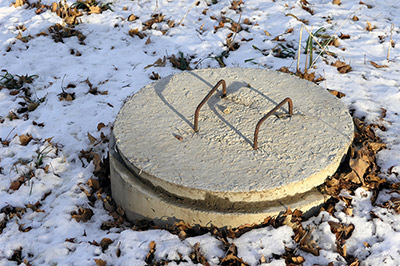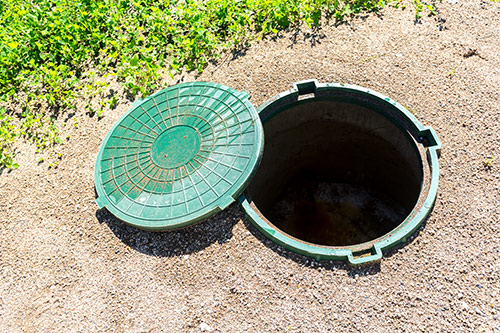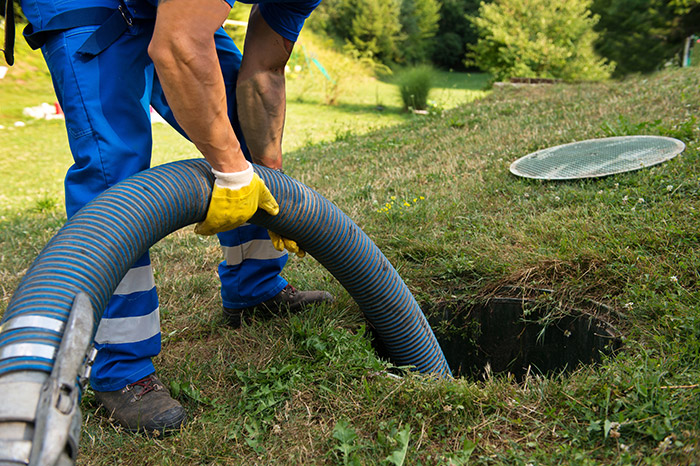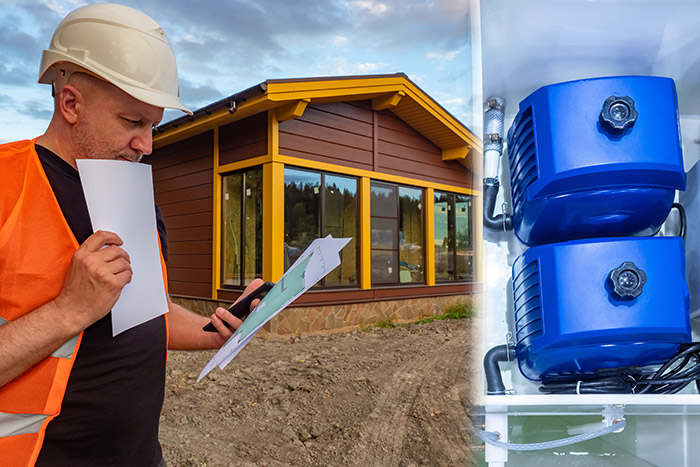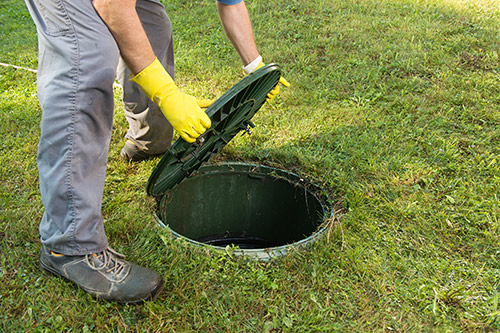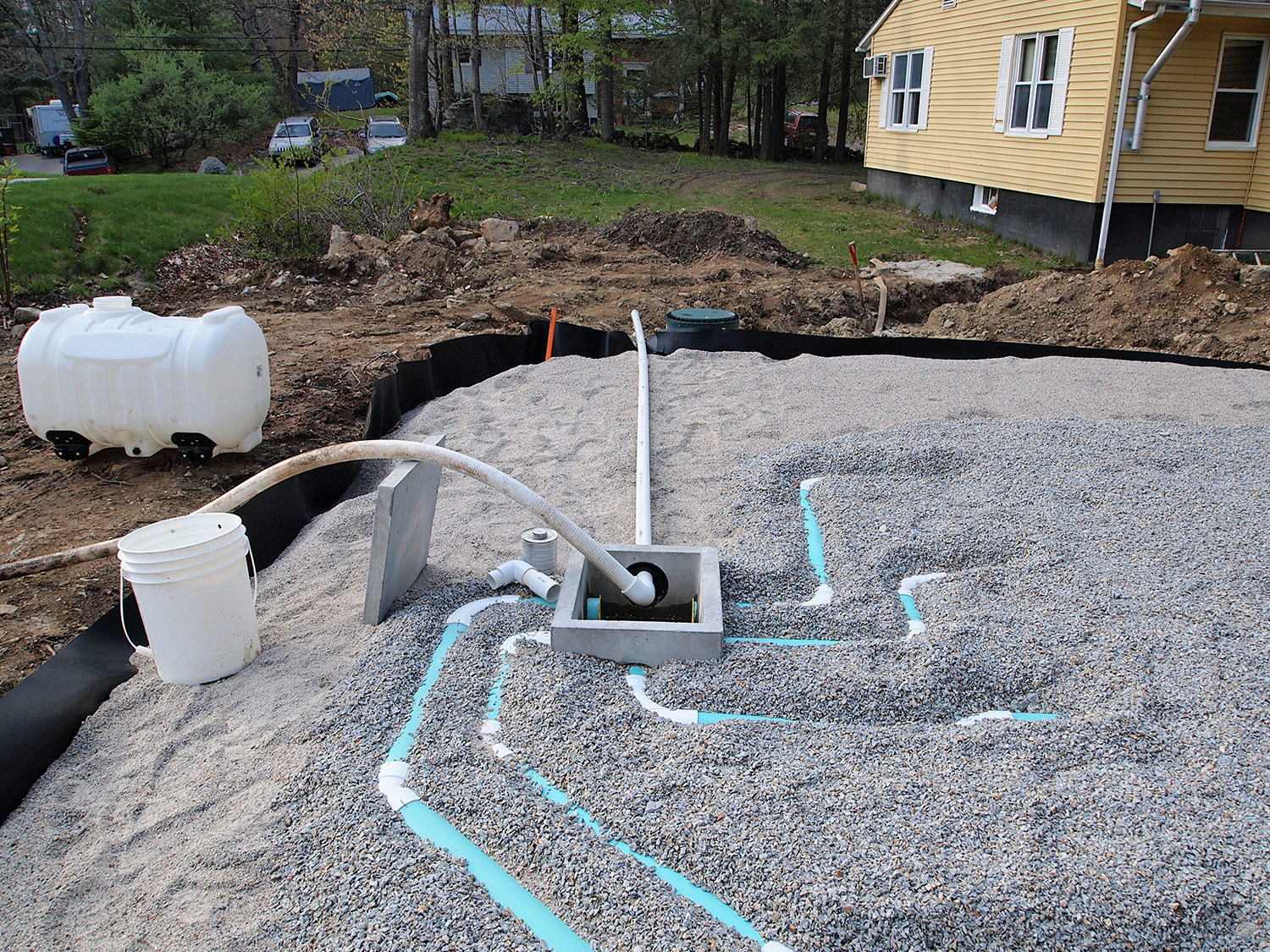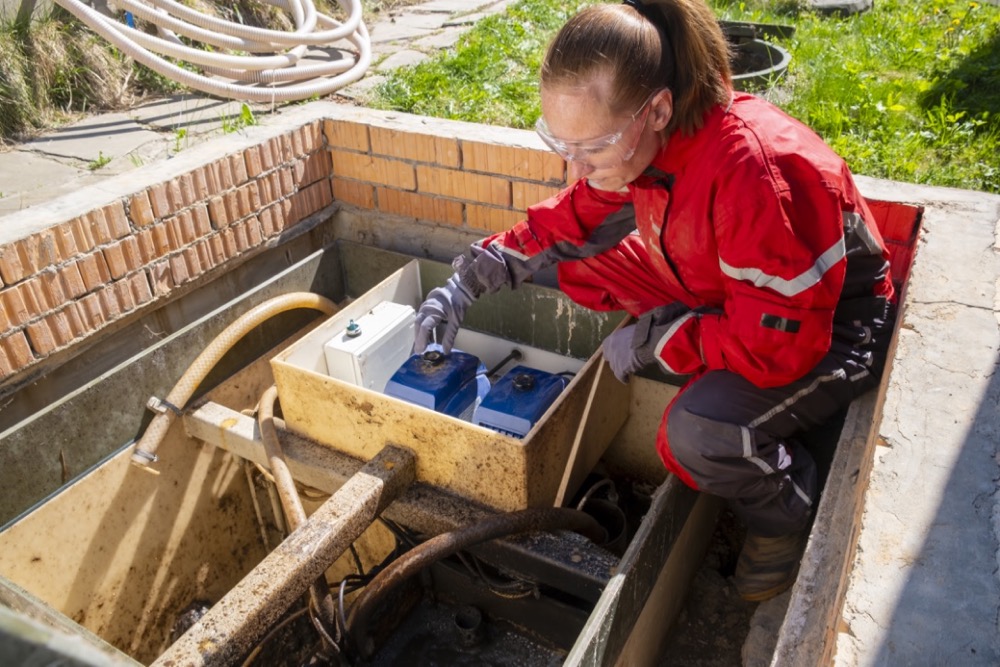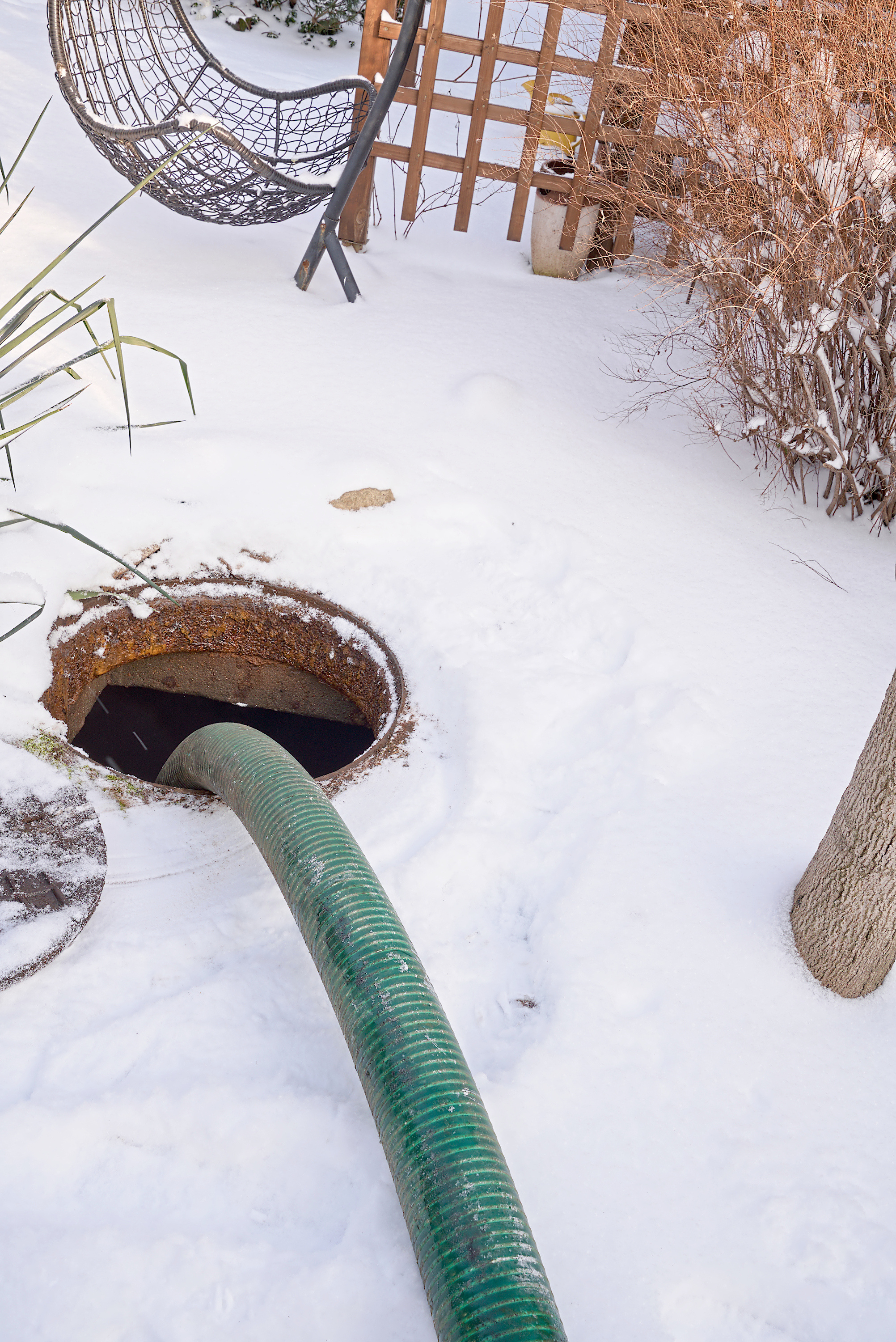
A frozen septic system can be a nightmare to deal with in the wintertime. Thankfully, with proper preparation you should be able to avoid this major headache. Here's what you need to do to prepare.
During winter months, freezing temperatures can wreak havoc on your home’s plumbing systems, including your septic system. As the ground freezes, it can affect the pipes and tank of your septic system, potentially leading to backups and costly repairs. Understanding how to prevent your septic system from freezing is crucial for maintaining a functional and healthy home environment throughout the cold season.
In this guide, we’ll explore the factors that contribute to septic system freezing, signs to watch for, and effective prevention methods. We’ll also discuss immediate actions to take if your system does freeze and provide tips for winterizing seasonal homes. Whether you’re a seasoned homeowner or new to septic system maintenance, this article will equip you with the knowledge to keep your system flowing smoothly all winter long.
Understanding the Frost Line and Its Impact on Septic Systems
The frost line, also known as the freezing depth, is the depth to which groundwater in soil is expected to freeze. This depth varies depending on your location, with northern regions experiencing deeper frost lines than southern areas. According to the National Oceanic and Atmospheric Administration (NOAA), frost lines can range from 100 inches deep in northern Minnesota to none in southern Florida, with most of the country falling between 20 and 50 inches.
Understanding your local frost line is important for septic system health. Septic tanks and pipes installed above the frost line are at risk of freezing during prolonged cold spells. Factors such as lack of snow cover (which acts as insulation), infrequent system use, and pipes installed too close to the surface can all contribute to freezing issues. Even septic pipes in uninsulated basements or those connecting the tank to the drain field can freeze, potentially causing backups into your home.
Signs Your Septic System May Be Frozen
- Recognizing the symptoms of a frozen septic system early can help prevent more serious issues. Here are key indicators to watch for:
- Slow or non-draining fixtures: If your toilets, sinks, bathtubs, or washing machines are draining slowly or not at all, it could be a sign of a frozen system.
- Gurgling sounds: Unusual noises coming from drains or pipes may indicate ice blockages.
- Odors: Foul smells inside or outside your home near the septic area can signal a problem.
- Frozen ground: Unusually frozen or frost-heaved ground over septic lines or the tank area may indicate freezing within the system.
- Backing up: In extreme cases, you may experience sewage backing up into your home through low-lying drains.
- If you notice any of these signs, it’s important to act quickly to prevent further damage to your septic system and home.
Immediate Actions for a Frozen Septic System
When faced with a frozen septic system, quick action is essential. Here are some steps you can take to address the issue:
Thawing Methods for Accessible Pipes
- If you can access the frozen pipes, there are several DIY methods you can try:
- Hot water: Pour hot (not boiling) water down drains to help melt ice in partially frozen pipes.
- Space heater: Use an electric space heater to warm the area around accessible pipes, particularly in basements.
- Heat tape: Apply heat tape to pipes, but be cautious of electrical hazards, especially if there’s standing water.
- Hot water hose: If you have access to a hot water hose bib, you can use a hose with a spray nozzle to thaw pipes leading to the septic tank.
- For PVC pipes, avoid using boiling water or extreme heat, as this can cause cracking. Cast iron pipes can withstand higher temperatures and may be thawed using a heat gun, but this method is not recommended for PVC.
Professional Thawing Services
If DIY methods aren’t effective or if you’re uncomfortable attempting them, it’s time to call a professional. Plumbers in cold climates often have specialized equipment for thawing septic systems safely and effectively. They may use steam machines or other professional-grade tools to clear ice blockages without damaging your system.
Preventative Measures to Protect Your Septic System
Prevention is always better than cure when it comes to septic system maintenance. Here are some strategies to keep your system from freezing:
Proper Installation and Insulation
- Proper installation and insulation are fundamental to safeguarding your septic system from freezing during cold weather conditions. Here are some important considerations:
- Depth: The tank and pipes should be buried well below the frost line.
- Insulation: Cover pipes and tanks with insulation, typically 2-4 inches of rigid foam, before burial.
- Soil management: Avoid compacting soil above the system, as compacted soil freezes more readily.
- Maintaining an Active System.
- An active septic system is less likely to freeze. Consistent water flow can help prevent freezing. Be sure to repair any leaky faucets or fixtures to prevent small trickles of water that can easily freeze. Spread out water use to maintain a consistent flow. For example, instead of doing all of your laundry in one day, try spacing it out over the course of a week.
Soil Management Techniques
Proper soil management can provide natural insulation. Let the grass over the septic area to grow longer in September, and apply a layer of mulch, hay or leaves at least eight inches deep over the septic area. Use a trap to cover the insulating vegetation to keep it dry and more effective.
Winterizing Your Septic System for Seasonal Homes
- Seasonal homes or cabins require special attention before winter sets in to ensure the septic system stays protected during periods of disuse. Here are some steps to winterize a seasonal septic system:
- Pump the tank: Have your septic tank pumped before leaving to remove liquid that could freeze.
- Turn off water: Shut off the main water supply, and drain all fixtures and pipes.
- Add antifreeze: Use RV antifreeze in toilet bowls and traps to prevent freezing.
- Insulate: Consider adding extra insulation to pipes and the tank if they’re accessible.
- Mark system components: Place markers to indicate the location of your tank and drain field to prevent accidental damage from snow removal equipment.
DIY vs. Professional Septic Maintenance
While there are many steps homeowners can take to maintain their septic systems, it’s important to know when to call in the professionals.
When to Call a Professional
- You should contact a septic professional if:
- You’re unsure about your system’s layout or condition.
- You experience repeated freezing issues despite preventative measures.
- There are signs of system failure, such as sewage backups or foul odors.
- You need your tank pumped or inspected.
For more information about septic system inspections, contact Morse Engineering and Construction.
Source: thisoldhouse.com

